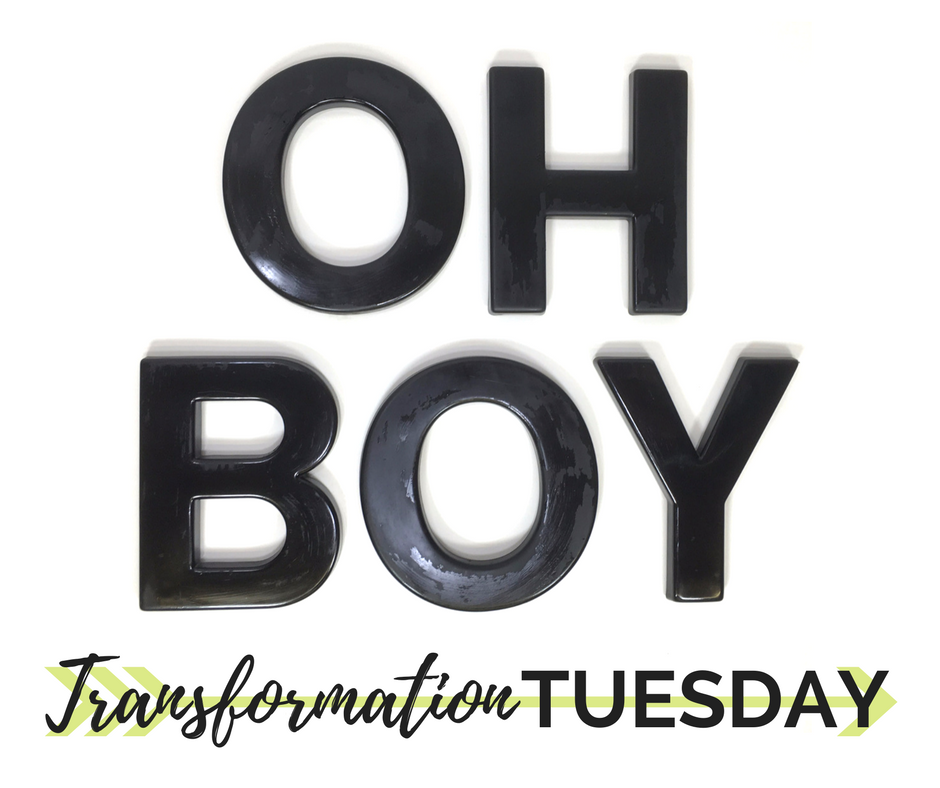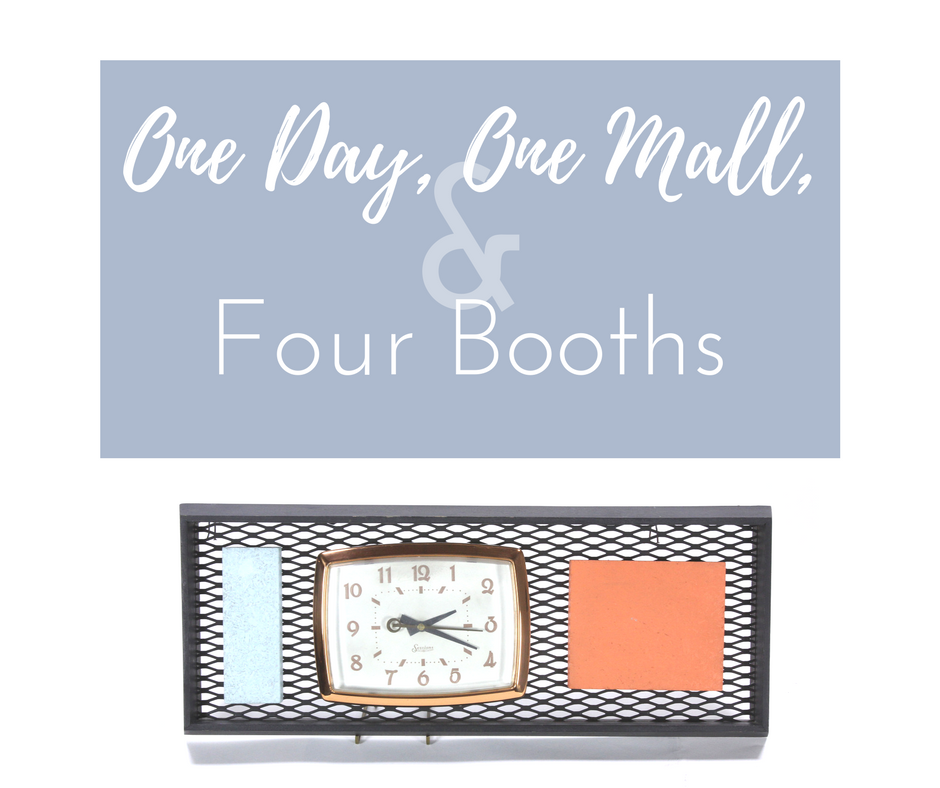Expanding Our Reach Beyond eBay - The Plan, Part 2

For 13 years, we sold our items exclusively on eBay. We never considered using any other eCommerce platforms, mainly because we really didn’t need to. eBay was (and still is, at least for now) a front-runner in a slew of online marketplaces. But our sales were falling (read more about that here). We began to explore, and discovered that many of eBay’s top sellers have their merchandise available elsewhere. They had been reaching beyond eBay’s walls for years, giving their product more visibility and a position of security in the face of possible change. When we started looking, I felt overwhelmed and lost. Even now, after months of research and constructive networking, I still feel like we are scrambling to catch up in the eCommerce world.
Out of the hundreds of online selling platforms available to businesses and individuals today, there are four that continue to bleep on our radar. These are the four that we, as a small business with antique and vintage wares, see the possibility of success with. Here is some of the general information that we have gathered about them:
Etsy - We hear mention of Etsy very frequently. According to Wikipedia, Etsy is an eCommerce website focused on handmade or vintage items and crafting supplies. Under Etsy’s October 2013 guideline update, the marketplace expanded to include unique factory-manufactured goods. This includes art, clothing, photography, jewelry, bath and beauty products, toys, quilts and even food. The site is modeled after the traditional craft show or fair, giving each seller their own storefront. Each item is listed for a fee of $0.20 and stays on the shop’s page for 4 months (or until it is purchased). The sale price of a product is determined by the seller, but Etsy takes claim of 3.5% of that price. As of August 2013, there were more than 30 million registered Etsy users.
11 Main - This is a marketplace started by the Chinese giant, Alibaba, which we discussed in depth in an earlier post (read it here). The site is open to new sellers by application and invitation only. We have completed the application process and have been invited to open our shop. Using external applications, we can create duplicate listings of the items that we have on eBay and post them directly on 11 Main. While the process for migrating items from eBay to 11 Main was troublesome on our first attempt, we are hoping for improvement in this area. There is no monthly fee for having a store, compared to the $180 we pay each month on eBay. The listing fee on both 11 Main and eBay is $0.05 per item per month. If we duplicated listings of all items we currently have on eBay and simultaneously listed them on 11 Main, we would be paying an additional $335 per month. Final value fees with 11 Main are only 3.5%, compared to 10% on eBay. In addition, the maximum fee for any transaction conducted on 11 Main is $50, which offers a significant savings over eBay on high-dollar items.
1st Dibs - We do not know a lot about 1st Dibs, other than the fact that it is a high-end (and probably difficult to infiltrate) marketplace. Most of the shops featured are in metropolitan areas. The following is an excerpt straight from the 1st Dibs homepage:At 1stdibs, we're here to connect the world's best dealers, finest shops and most important galleries with individuals like you, the world's most sophisticated collectors, designers and curators. Starting with the few dealers that were hand-selected by our founder Michael Bruno at Paris's legendary antiques market, Marché Aux Puces, in 2001, we've become the global destination for those who must have 'first dibs' on treasures — from around the world — that would otherwise be inaccessible.
Amazon - Amazon.com is the largest internet-based retailer in the United States. Starting as an online bookstore, Amazon soon branched out and began selling DVDs and CDs. They now sell a bit of everything, and are reaching out to once-loyal eBay sellers. According to Chance Knapp (CEO of Vivo Technology and a seller on both eBay and Amazon) in a report on Bloomberg Business (watch or read the report here), "we saw sales drop 10 percent on eBay and gain 10 on Amazon. It was like customers were actually shifting from eBay to Amazon." Who can blame them when Amazon's pool of merchants continues to climb, and eBay's has remained stagnant for 2 years. We still have to wonder if Amazon is a good choice for sellers like us, offering mostly antique and vintage items.
While we have yet to officially expand to any of these sites, we remain open to change and possibility. We have expanded in another direction with the launching of our own website in February of 2015. RoofTop Antiques is up and running, and off to a great start. Our crew is pushing to make the site better for viewers every day. Our vision is large. We are hoping for far more than "mom and pop" presence on the web. It is our wish to create a vibrant, active, content-rich and ever changing website for customers and for sellers just like us. With our own site, we seek to do more than just sell our product, though we obviously desire success as an eCommerce site. We are moving to develop our own client base of people who come directly to us for what they want. This gives us the opportunity to sell directly to the buyer without exorbitant fees or unfair policies. It also positions us for success regardless of any major changes in other eCommerce marketplaces. Aside from sales, we seek to offer solutions to problems that other sellers may be facing, such as cleaning specific items or offering free shipping.
In response to a recent article on eCommerce Bytes, former eBay seller known only as "laurengrace" had the following to say in regards to eBay:
...I am perfectly happy being out from under their iron rule. I have several sites up and running and will be working on my own website soon. Everyone who is making plans to leave should start taking steps now. If you are still on eBay, you can import all those listings to other sites. If you get booted, you will no longer have access to those listings and it will require much more time and effort to get up and running, and time is money. There is no way eBay can continue on this path and sustain the customers. You cannot treat your customer base the way they do and expect that things will go on as usual. It just can't happen. Just make sure that, when the fall happens, you don't go down with the ship.
I do not know what the future holds for the eBay marketplace, but I continue to be optimistic. With a recent promise of a revamped feedback system (read the exciting words from Devin Wenig here), we hope that real change is on the horizon. If our optimism is misplaced. we will still be prepared.
See the rest of our eBay series here:
Part I - Why are My eBay Sales Down?
Part II - eBay Takes a Hit
Part III - Google Takes Aim
Part IV - eBay Alternatives?
Part V - Fixing the Defects in eBay's Defect System
Part VI - Breaking Up is Hard to Do: eBay's Split from PayPal
Part VII - Is eBay's Cassini Really the "Best Match"?
Part VIII - Is eBay's Cassini Stuck in Orbit?
The Plan, Part I - Positioning for More than Survival
The Plan, Part II - Expanding Our Reach Beyond eBay
Making Connections
4 Responses
raisese
https://ponlinecialisk.com/ – buy cialis pills
raisese
Cialis Espanol RirmRamp buy cialis online us Foebywer Levitra 10 Mg Generico
raisese
Keflex Treat Urinary Tract Infection RirmRamp buy cialis online from india Foebywer Levitra Gunstigster Preis
Leave a comment
Also in View from the RoofTop
Transformation Tuesday - Wall Decor Letters
A New Perspective for Today: An Eloquent Monkey
Frankly, I am not fond of monkeys. They affect me the way spiders and snakes affect other people. The flying monkeys in “The Wizard of Oz” and the rogue monkeys in Robin Williams’s “Jumanji” were menacing to me, and I closed my eyes so I wouldn’t have to see them.
One Day, One Mall, and Four Booths
We headed to Columbia on Saturday morning to meet a new online acquaintance for a furniture trade. I didn't realize it at the time, but the Willett Mid-Century Modern end table she placed in our hands would become the centerpiece for a collection of untold treasures.






raisese
May 05, 2021
where can i buy cialis on line